Introduction to the Longmen Grottoes
The Longmen Grottoes, also known as the Dragon’s Gate Grottoes, stand as a monumental example of Chinese Buddhist art. Located 12 kilometers south of Luoyang in Henan province, these grottoes house tens of thousands of statues. They span a 1-kilometer stretch along the Yi River, flanked by the Xiangshan and Longmenshan hills. The site features statues ranging from 1 inch to 57 feet in height, alongside nearly 2,500 stelae and inscriptions. This rich collection earned it a spot on the UNESCO World Heritage List in 2000.
Get your dose of History via Email
Historical Overview
The creation of the Longmen Grottoes began in 493 AD during the Northern Wei dynasty when Emperor Xiaowen relocated the capital to Luoyang. The site developed through four main phases, influenced by various dynasties. The peak period of artistic creation occurred during the Tang dynasty, from 626 to the mid-8th century, under the patronage of emperors and wealthy families. This era is noted for its sophisticated artistry and expansion of the site.
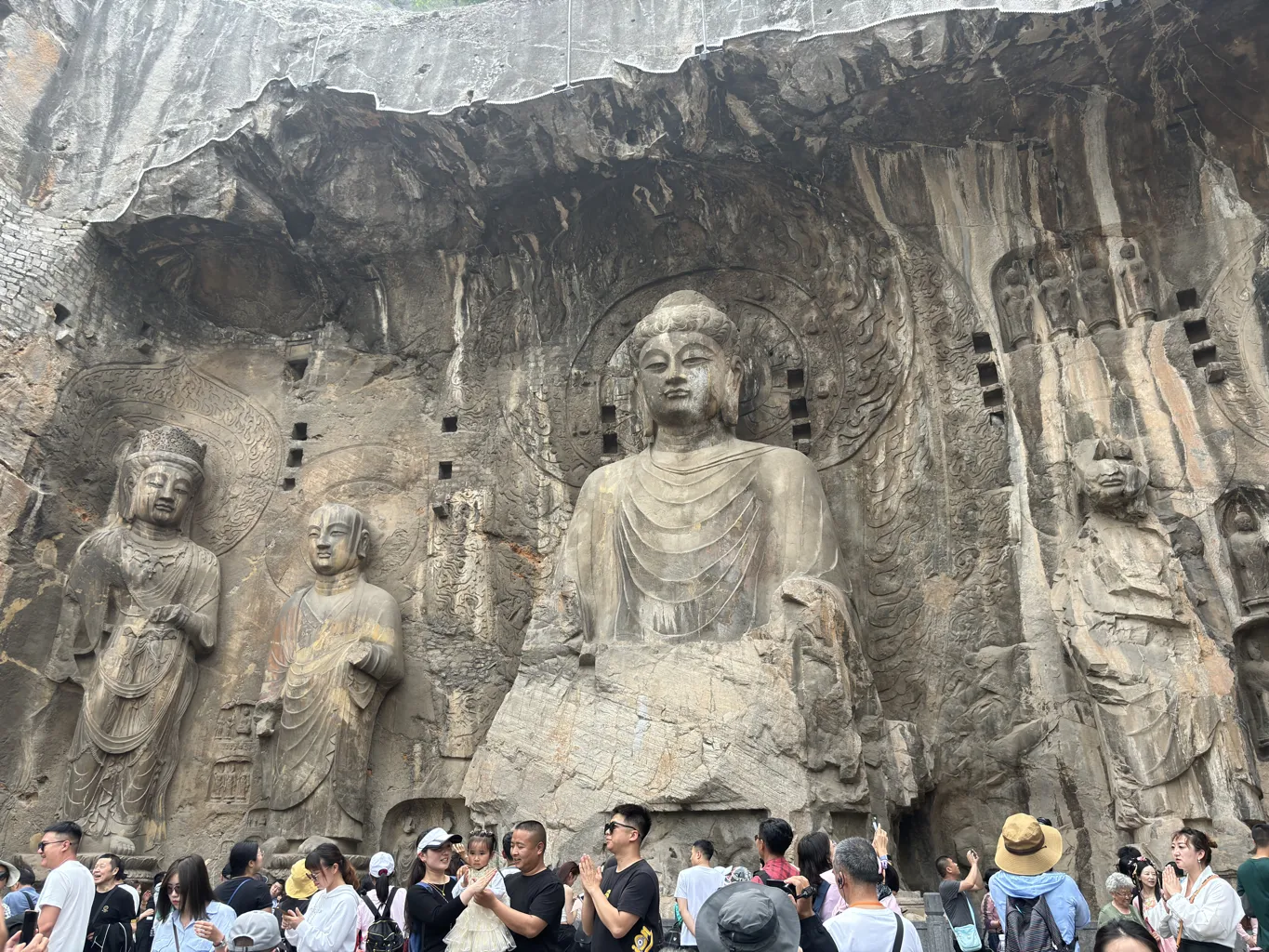
Artistic Significance
The Longmen Grottoes are celebrated for their artistic excellence and historical value. They contain a diverse array of Buddhist sculptures, crafted with intricate details and expressive features. The site’s layout, with caves carved into limestone cliffs, showcases a unique blend of architecture and sculpture. This artistic heritage provides invaluable insights into the religious and cultural milieu of ancient China.

The Role of Patronage
Throughout its history, the Longmen Grottoes have been supported by various patrons, including emperors, royal family members, and religious groups. This patronage reflects the site’s importance as a religious and cultural center. Notably, Empress Wu Zetian was a significant patron during the Tang dynasty, commissioning numerous sculptures and temples within the complex.
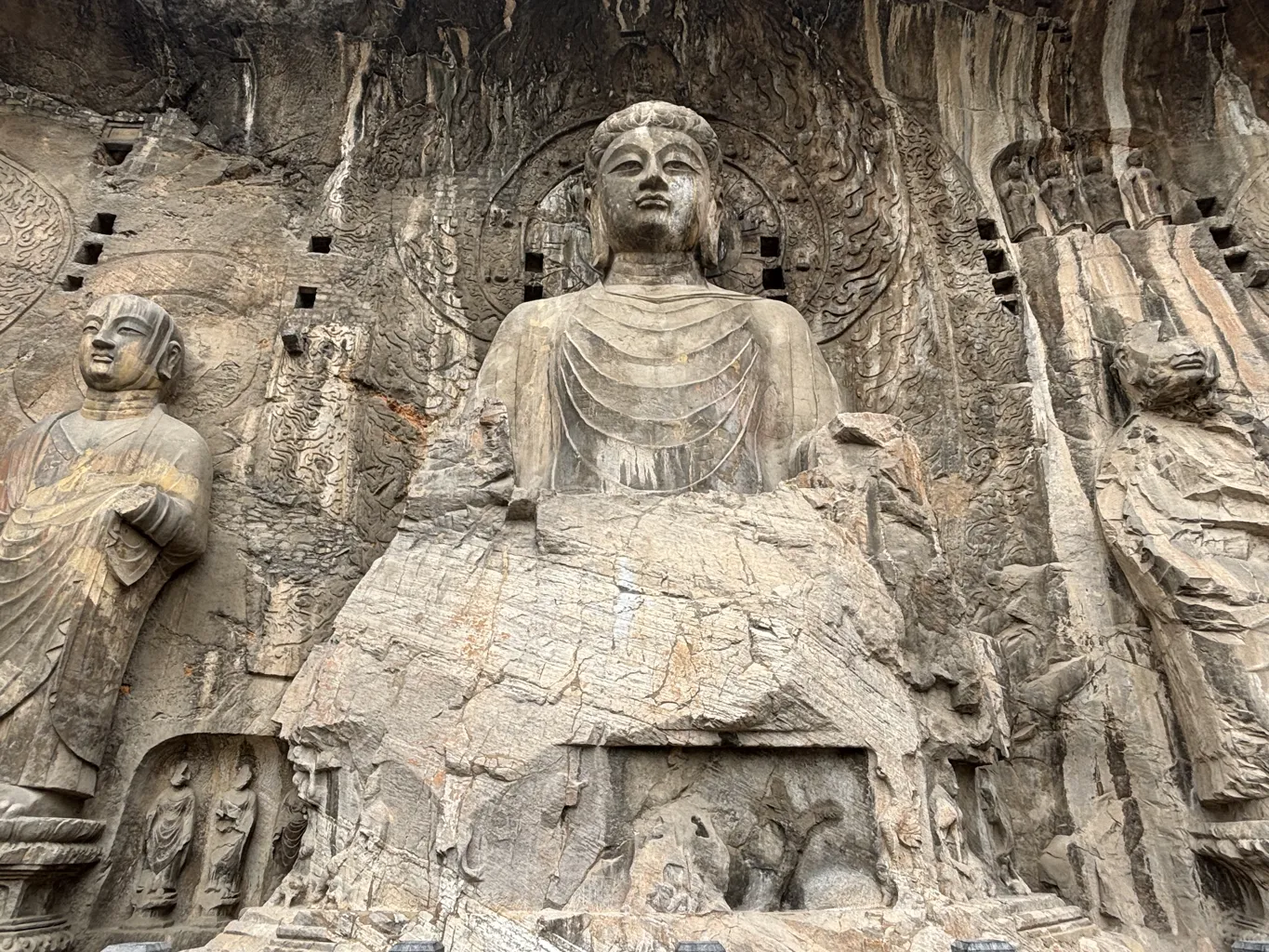
Architectural Layout
The grottoes are strategically positioned along the Yi River, utilizing the natural landscape to enhance their aesthetic and spiritual appeal. The eastern and western hills contribute to the site’s majestic presence, creating a serene environment for the Buddhist monastic community and pilgrims. This setting not only adds to the site’s beauty but also plays a crucial role in its function as a religious sanctuary.
Iconography and Themes
The sculptures at Longmen Grottoes depict a wide range of Buddhist iconography, from simple monks to elaborate depictions of the Buddha and bodhisattvas. These figures are not just religious symbols but also artworks that convey the spiritual and philosophical depths of Buddhism. The evolution of styles from the Northern Wei to the Tang dynasty illustrates the dynamic nature of Buddhist art in China.
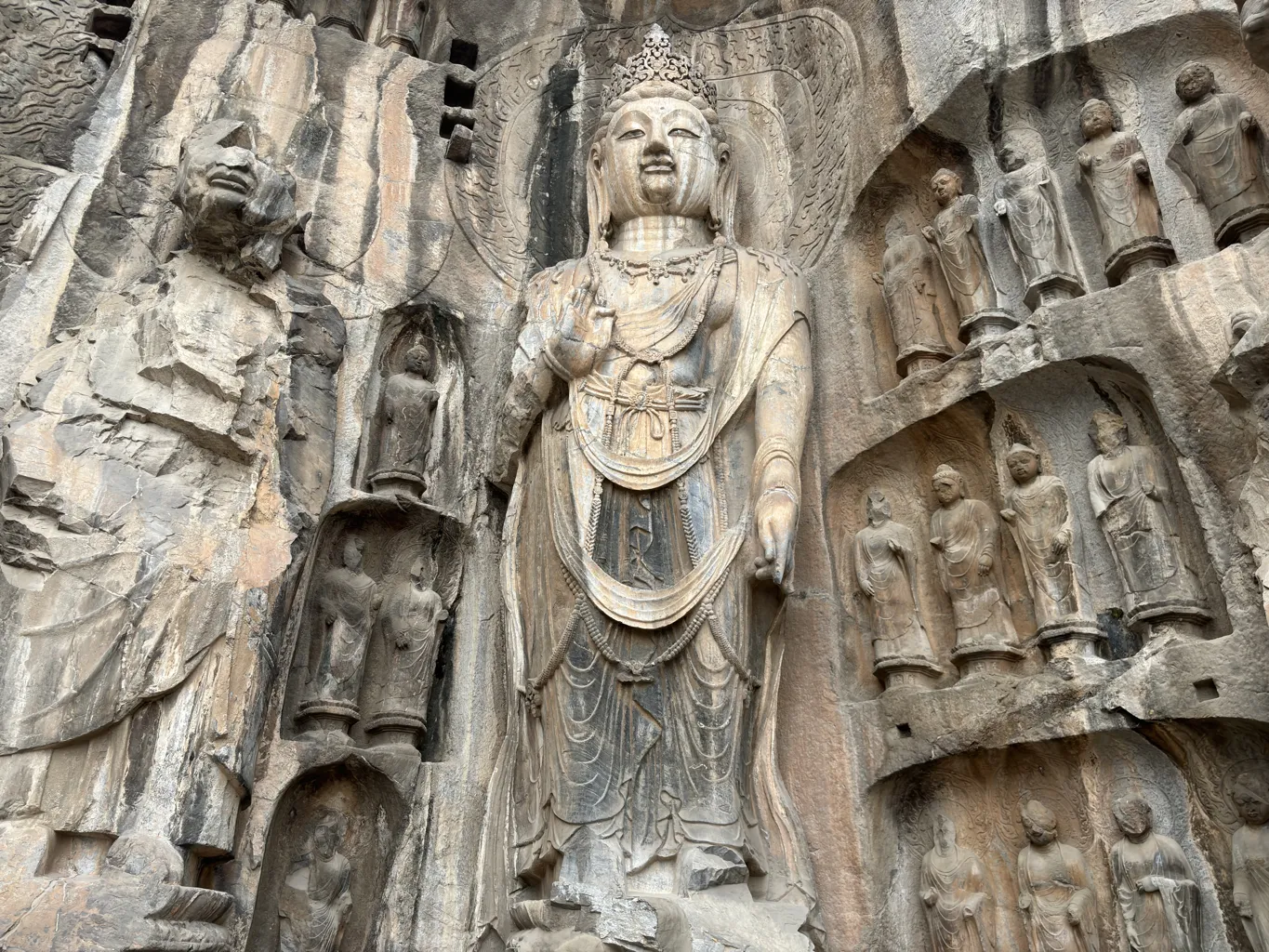
Conservation Efforts
Preserving the Longmen Grottoes has been a priority for the Chinese government and international organizations. Efforts to protect and restore the site have been ongoing since the establishment of the People’s Republic of China. These initiatives aim to safeguard the grottoes against natural and human-induced damages, ensuring their survival for future generations.
Cultural Impact
The Longmen Grottoes have had a profound impact on Chinese culture, influencing artistic styles and religious practices throughout history. They serve as a testament to the skill and creativity of ancient Chinese artisans and the spiritual depth of the Buddhist tradition. The site continues to attract scholars, artists, and tourists, drawn by its historical significance and artistic beauty.
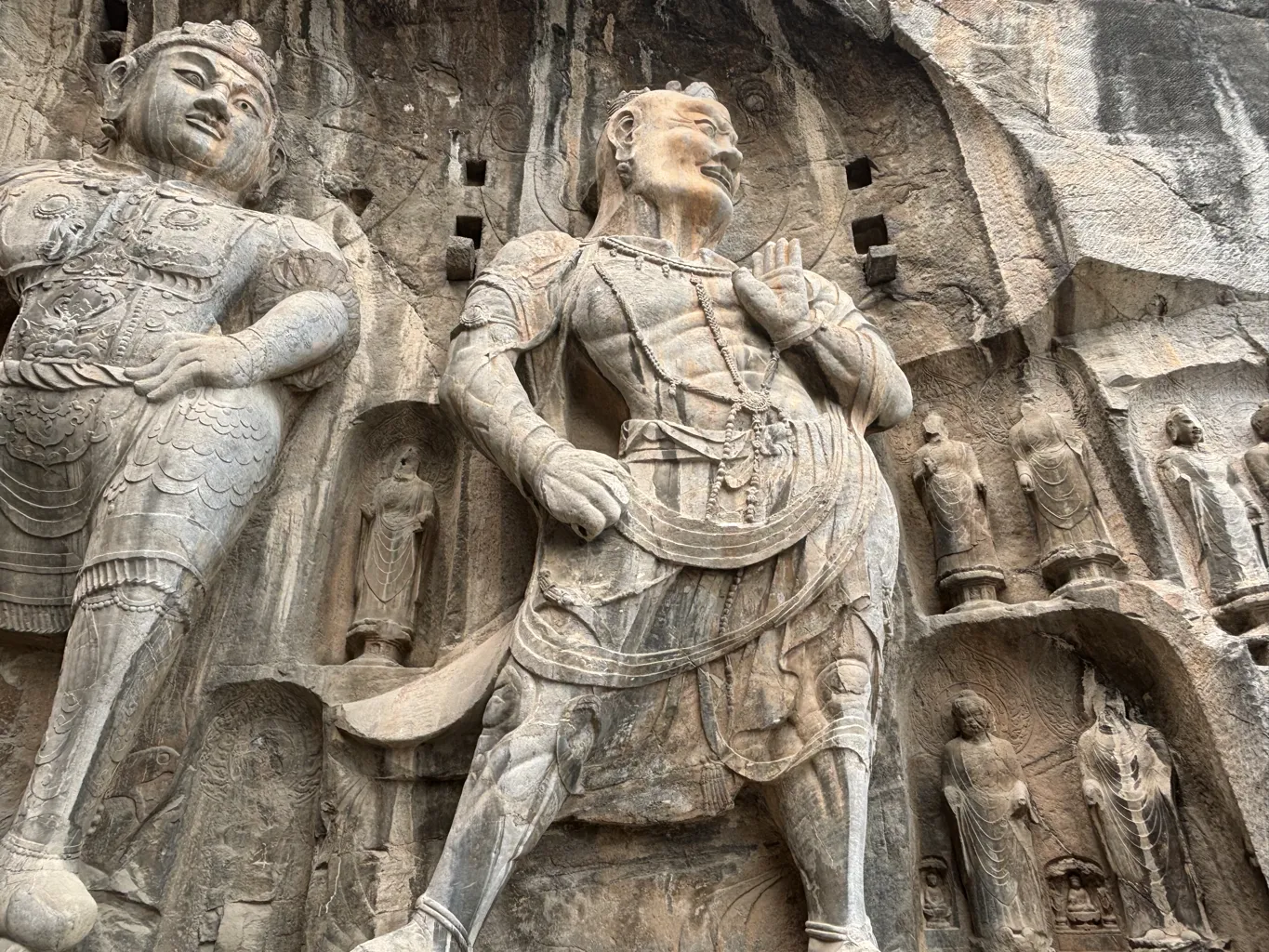
Educational and Spiritual Value
The Longmen Grottoes are not only a center of artistic excellence but also a place of learning and spiritual reflection. The site offers valuable educational opportunities for those interested in art history, religious studies, and archaeology. Additionally, it remains a place of spiritual significance for Buddhists and those seeking insight into Buddhist teachings and history.
Conclusion
The Longmen Grottoes represent a pinnacle of Buddhist art and cultural achievement in ancient China. Their preservation as a UNESCO World Heritage Site ensures that they will continue to inspire and educate people around the world about the rich heritage of Chinese Buddhism. The ongoing efforts to protect and study the grottoes will help maintain their status as a crucial link to our past and a source of artistic and spiritual enrichment.
Sources:

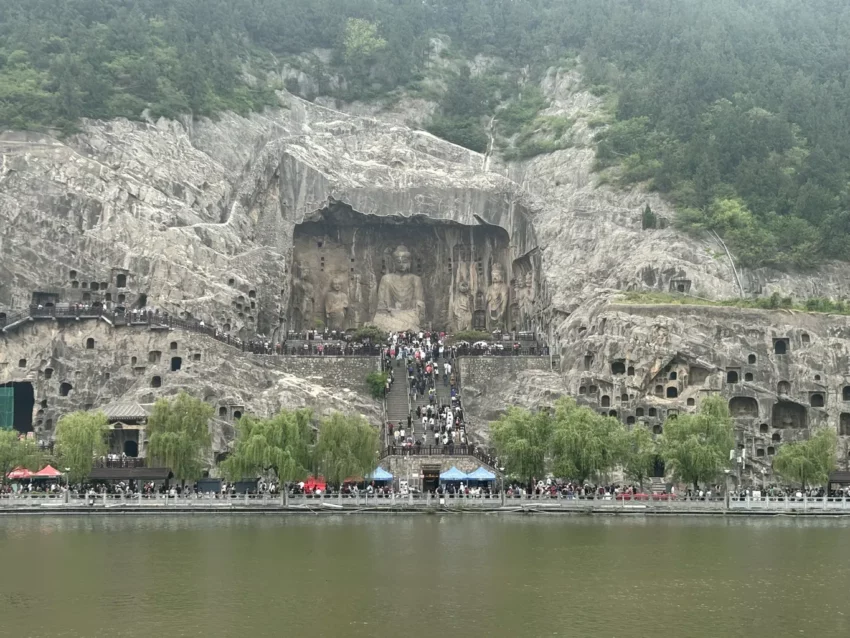
Those beautiful places, incredible places you bring for is unbeliveble. Thank you.